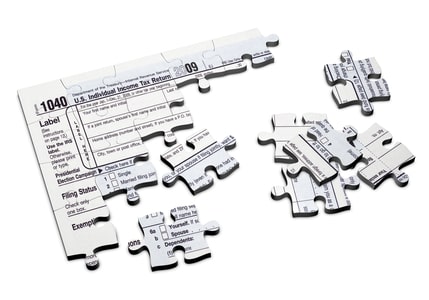 Schedule 1
Schedule 1
Schedule 1 is a new tax form that came about due to the Tax Cuts and Jobs Act of 2017. This schedule is one of five new schedules introduced in the 2018 tax year. Many taxpayers are not familiar with these new forms. In this article, we will go over what a Schedule 1 is used for and who may need to file one.
The Basics
Schedule 1 is used to report income and/or deductions that are not reported on Form 1040. The schedule has two parts: additional income and adjustments to income. Not everyone needs to file one, you will only need one if report any of the income or deductions that are on the schedule. If you need to use this schedule it will be an attachment to your 1040.
Reportable Income
There are only certain types of income that are reportable on Schedule 1. These types of income include:
- Tax credits, taxable refunds, or other offsets for state or local income taxes
- Alimony
- Business income or loss
- Capital gains or losses
- Real estate rental income
- Royalties
- Farm income or loss
- Gambling or prize winnings
- Unemployment income
Income Adjustments
There are also some income adjustments that you can report on Schedule 1 to help reduce your taxable income. These deductions include:
- Educator expenses
- Self-employment tax
- SEP or SIMPLE IRA contributions
- Health insurance costs (if self-employed)
- Early withdrawal penalties on savings
- Alimony payments
- Student loan interest
Schedule 1 Considerations
It is important to remember that some of the information you report on Schedule 1 will also need to be accompanied by additional forms. For example, if you report income from a rental property you will also need to file a Schedule E. Be sure to meet with your qualified tax preparer as they will be able to complete this new schedule fully and properly for you.
Questions? Want to schedule an appointment? Contact us by clicking here.






Leave A Comment
You must be logged in to post a comment.